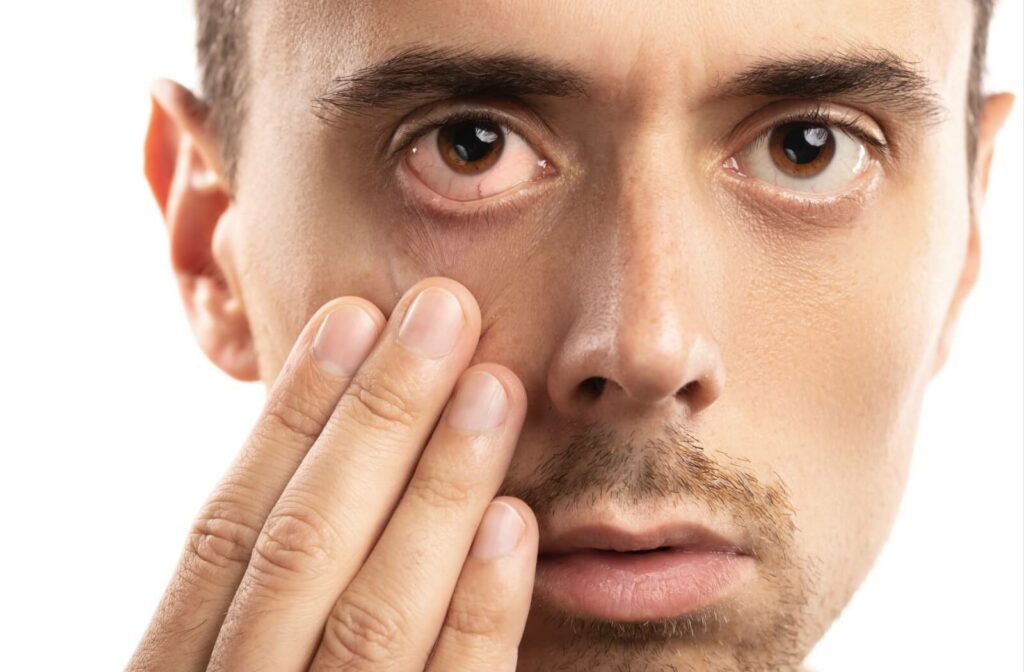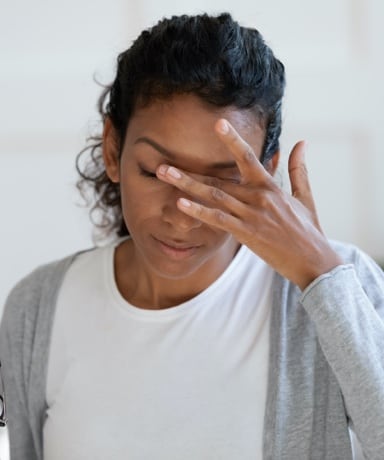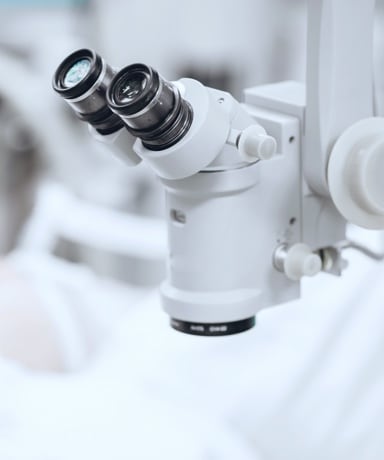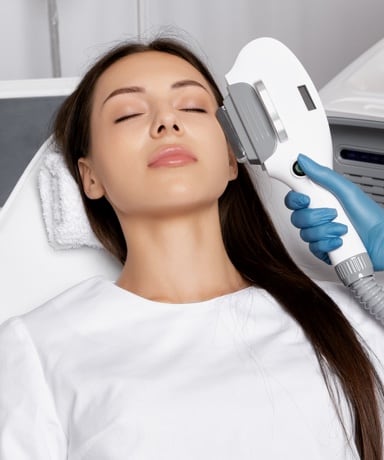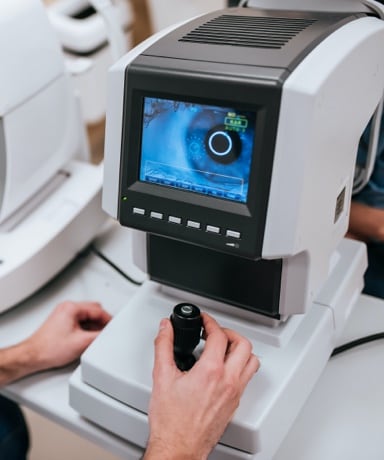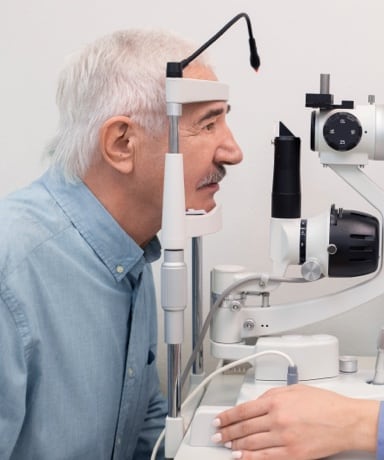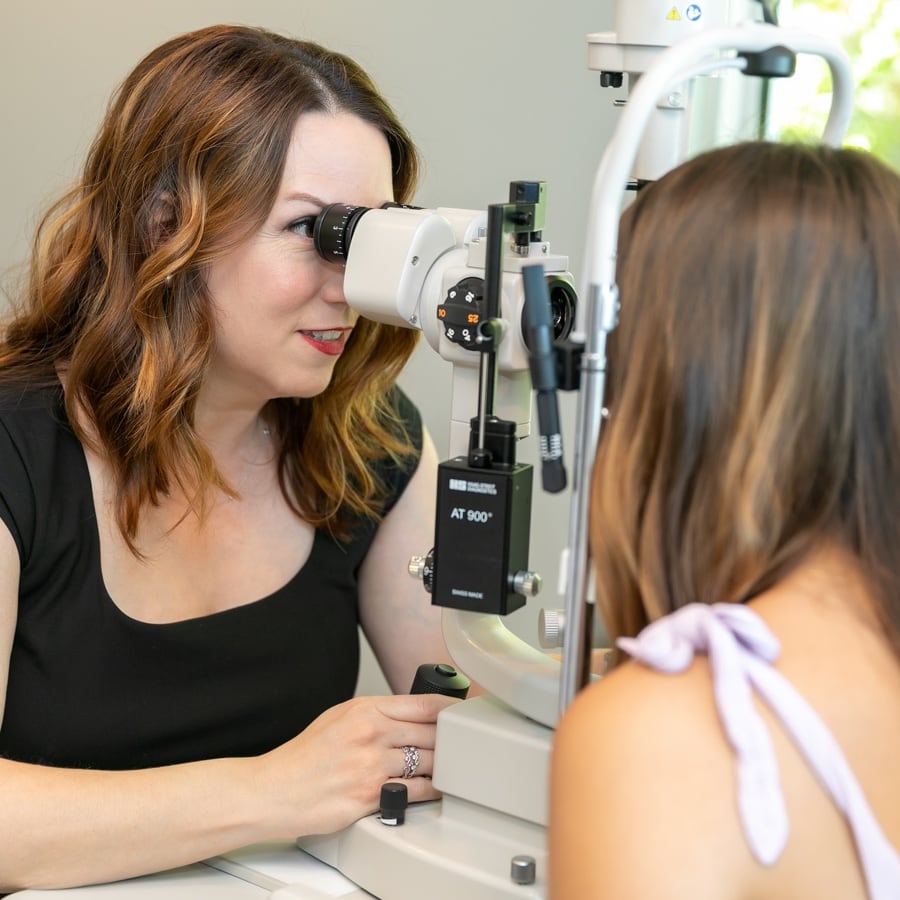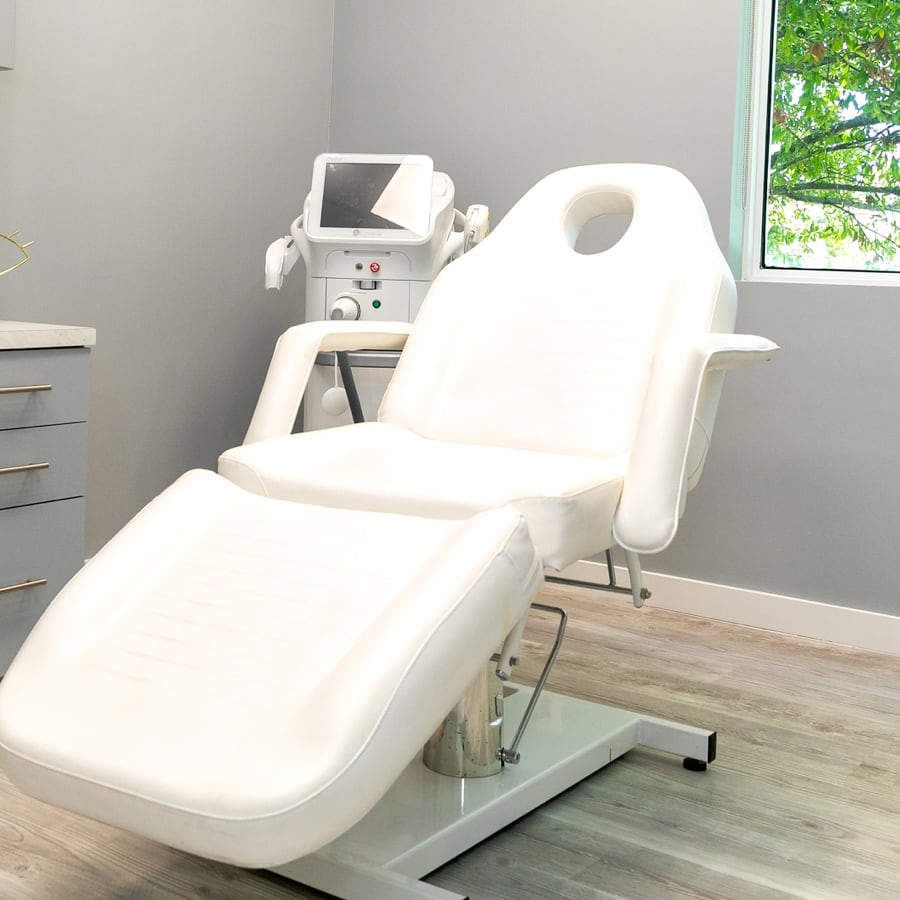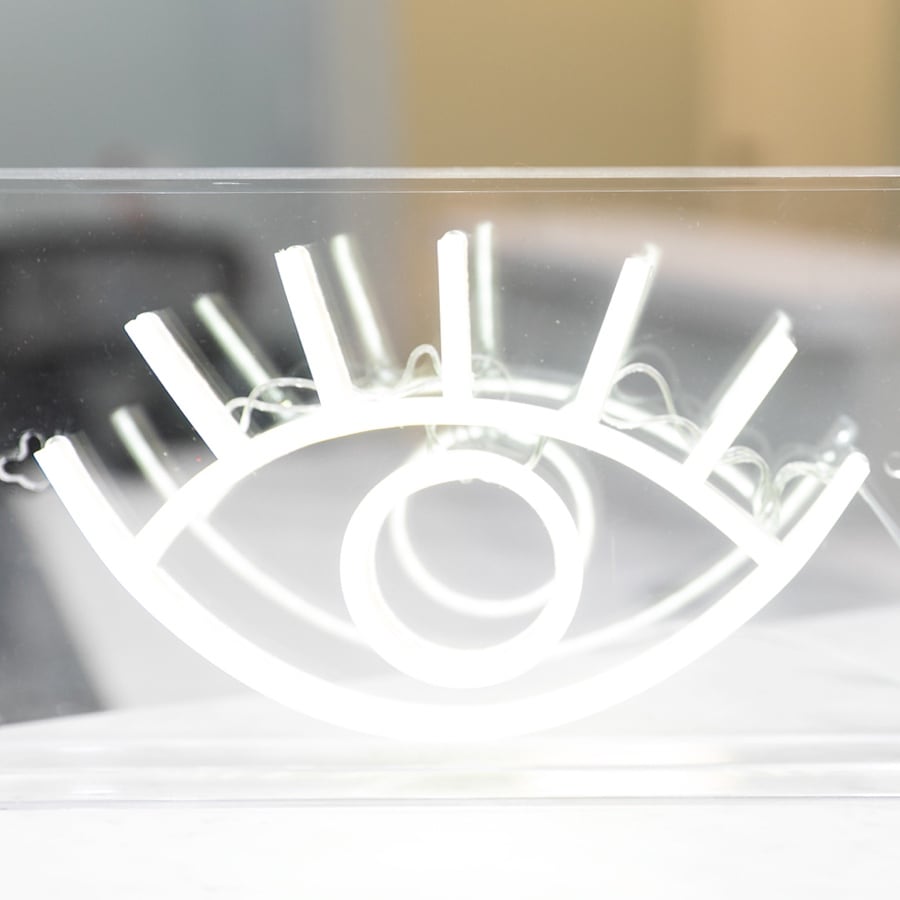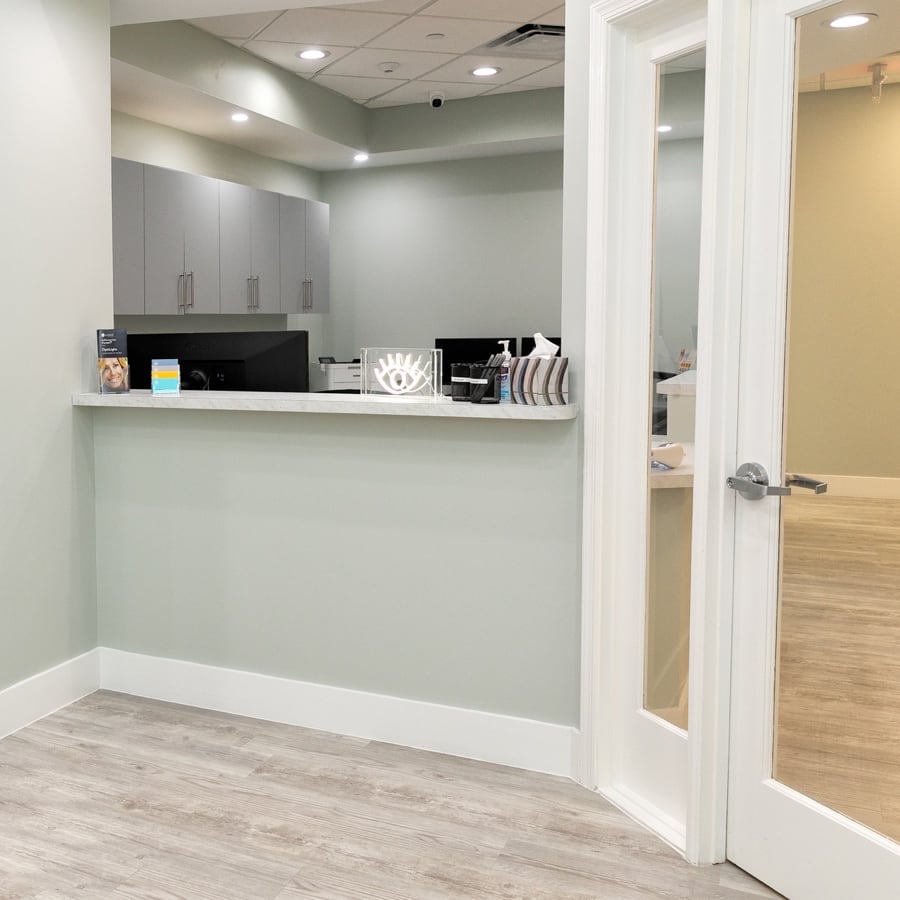Dry eyes syndrome is a common condition where the eyes either do not produce enough tears or produce tears of poor quality, leading to inadequate lubrication. This can cause discomfort, redness, and irritation, impacting daily activities such as reading, driving, and prolonged use of digital devices. Many people experience symptoms like a stinging or burning sensation, sensitivity to light, and a gritty feeling as though something is in the eye.
The long-term effects of dry eyes are often underestimated, but the condition can have serious consequences on one’s eye health if left untreated. Chronic dry eyes can damage the surface of the cornea, leading to scarring or inflammation. In severe cases, this increases the risk of infections or vision problems, and in rare instances, it can contribute to blindness.
How Dry Eyes Can Lead to Blindness
Here are some reasons why dry eyes can lead to blindness:
- Corneal damage: The cornea is the transparent outer layer of the eye responsible for focusing light Tears keep the cornea moist, smooth, and clear. When there is not enough moisture on the surface of the eye, it can inflammation and irregularity , leading to scarring and damage to corneal tissue. This can result in blurred vision and even lead to vision loss.
- Infections: Tears also have an essential role in keeping our eyes free from bacteria and other contaminants that can cause infections. Without proper lubrication, the risk of developing eye infections increases significantly. If left untreated, these infections can cause ulcers resulting severe damage to the eye and potentially blindness.
- Vision problems: Dry eyes can also lead to vision problems, such as blurred or fluctuating vision. When the cornea is not adequately lubricated, it can distort light entering the eye, resulting in blurry vision. In some cases, dry eyes can also cause sensitivity to light or double vision, making it challenging to see clearly.
- Underlying conditions: Chronic dry eyes can be a symptom of an underlying condition that, if left untreated, can lead to blindness. For example, Sjogren’s syndrome is an autoimmune disorder that affects the body’s ability to produce tears and saliva. If this condition goes undiagnosed and untreated, it can lead to severe eye damage and even blindness.
- Contact lens discomfort: People who wear contact lenses are more prone to experiencing dry eyes. The contacts can prevent oxygen from reaching the surface of the eye, causing discomfort and irritation. Prolonged use of contacts without proper lubrication can also increase the risk of corneal ulcers or infections that can potentially lead to blindness if not treated promptly.
Prevention & Treatment for Dry Eyes
Fortunately, there are steps you can take to prevent dry eyes and protect your vision:
- Stay hydrated: Drinking plenty of water and staying hydrated can help keep your body, including your eyes, moisturized.
- Use eye drops: Over-the-counter artificial tears help keep your eyes moist. These are particularly helpful for those who spend a lot of time staring at screens or are in dry environments.
- Blink often: When working on a computer or reading, make sure to take breaks and blink to prevent your eyes from drying out.
- Take breaks: If you work on a computer for extended periods, take frequent breaks, use artifical tears and look away from the screen to give your eyes a rest.
- Protect your eyes: Wear sunglasses outdoors to protect your eyes from harsh winds and sunlight, which can contribute to dryness.
If you experience chronic dry eyes, it is essential to seek treatment from an eye care professional. They can determine the underlying cause of your dry eyes and provide a personalized treatment plan. This may include prescription drops, lifestyle changes, or other medical interventions.
Professional Treatment for Dry Eyes
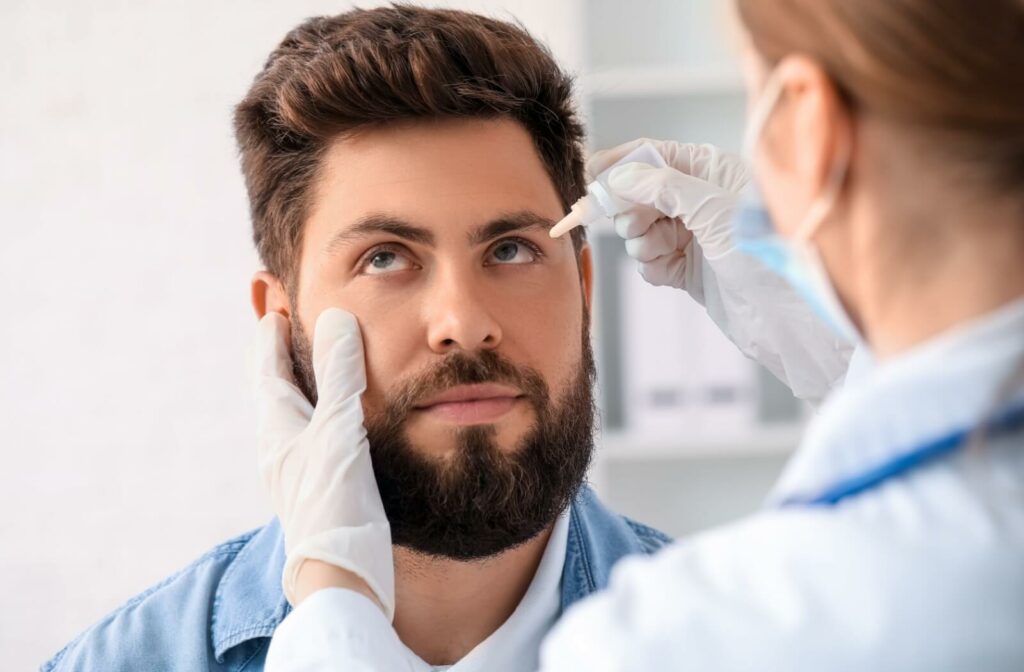
In addition to seeking treatment from an eye care professional, there are also specialized options available for those with chronic dry eyes. These include:
- OptiLight IPL: A non-invasive procedure that uses precise light pulses to improve tear quality by targeting the meibomian glands in the eyelids. This treatment helps reduce inflammation, increase oil production in the tears, and alleviate symptoms of dry eye disease over time. It’s quick, effective, and requires no downtime.
- BlephEx™:: A specialized in-office treatment designed to gently remove debris, bacteria, and biofilm from the eyelid margins. By addressing the root causes of eyelid inflammation, this procedure helps reduce redness, irritation, and discomfort, while also promoting healthier eyelids for long-term relief.
- Prescribed and Over the counter Eye drops: Prescription eye drops may be recommended to treat inflammation caused by Dry eye. Our practice stays at the forefront of dry eye treatment, utilizing the latest therapies, including Miebo™ and Vevye™, to provide patients with effective relief. For managing dryness and irritation, we also recommend the regular use of high-quality preservative-free lubricating eye drops for essential hydration.
- Home Care: Proper eyelid hygiene practices such as lid scrubs or wipes and Warm compresses these steps are vital for maintaining eye moisture, reducing symptoms, and supporting overall eye health.
Finding Relief for Dry Eyes with Personalized Care at Gardens Eye Institute
Dry eyes may seem like a minor inconvenience, but they can have a significant impact on your daily life if left untreated. It is essential to take preventative measures and seek professional care to keep your eyes healthy and comfortable.
At Gardens Eye Institute, we understand how frustrating and uncomfortable dry eyes can be. That’s why we create personalized treatment plans tailored to address the root cause of your discomfort. Dr. Iglesias is here to guide you every step of the way, finding the best solution for your unique needs. Contact us today to schedule your consultation and let us help you find lasting relief.

